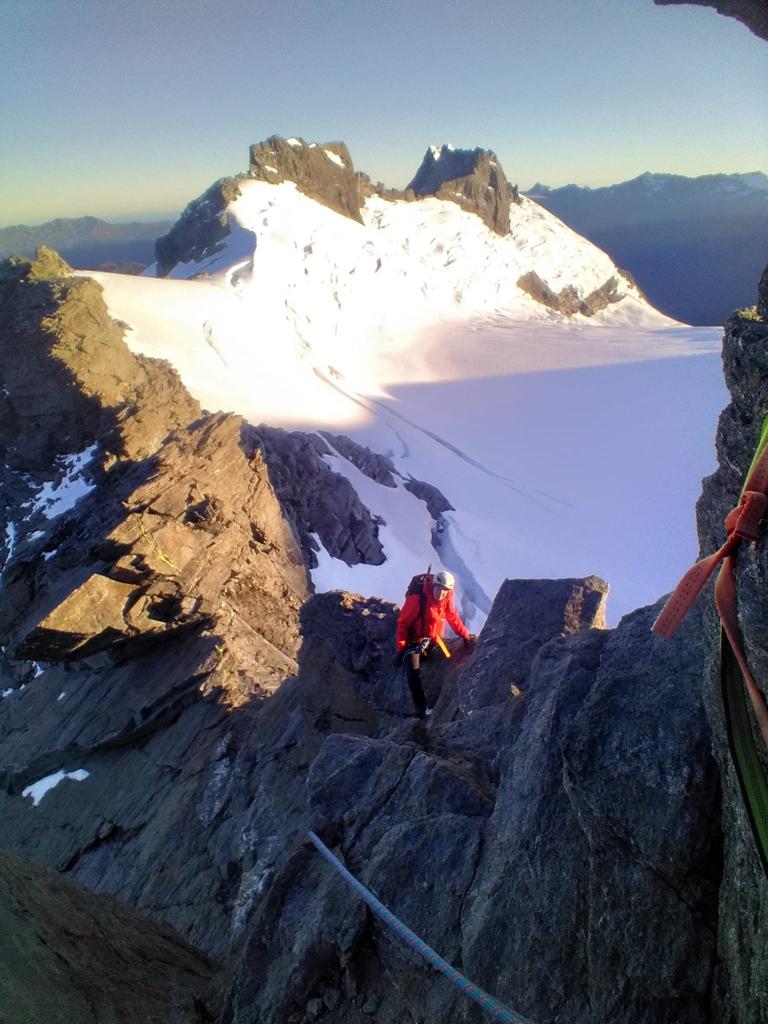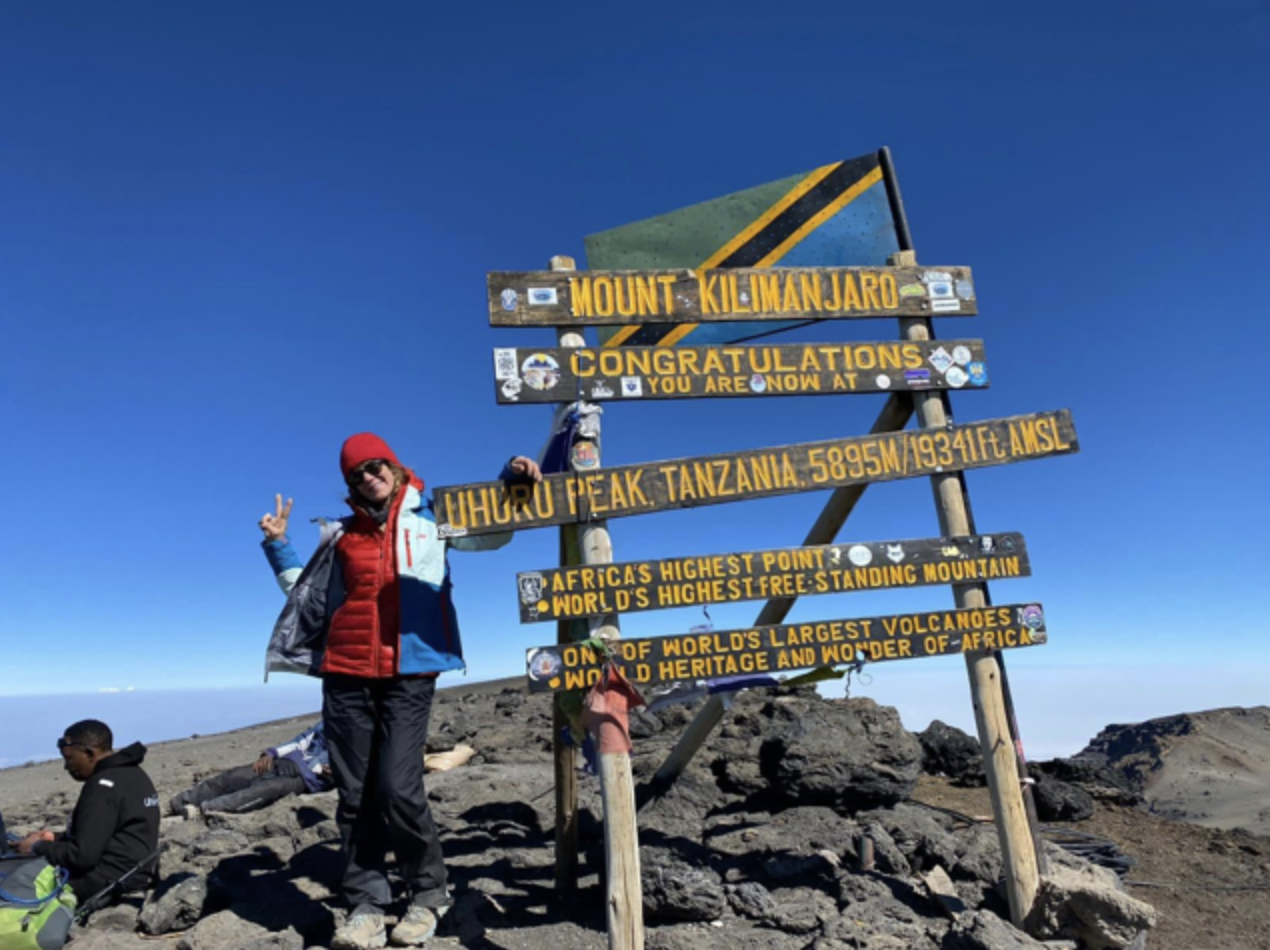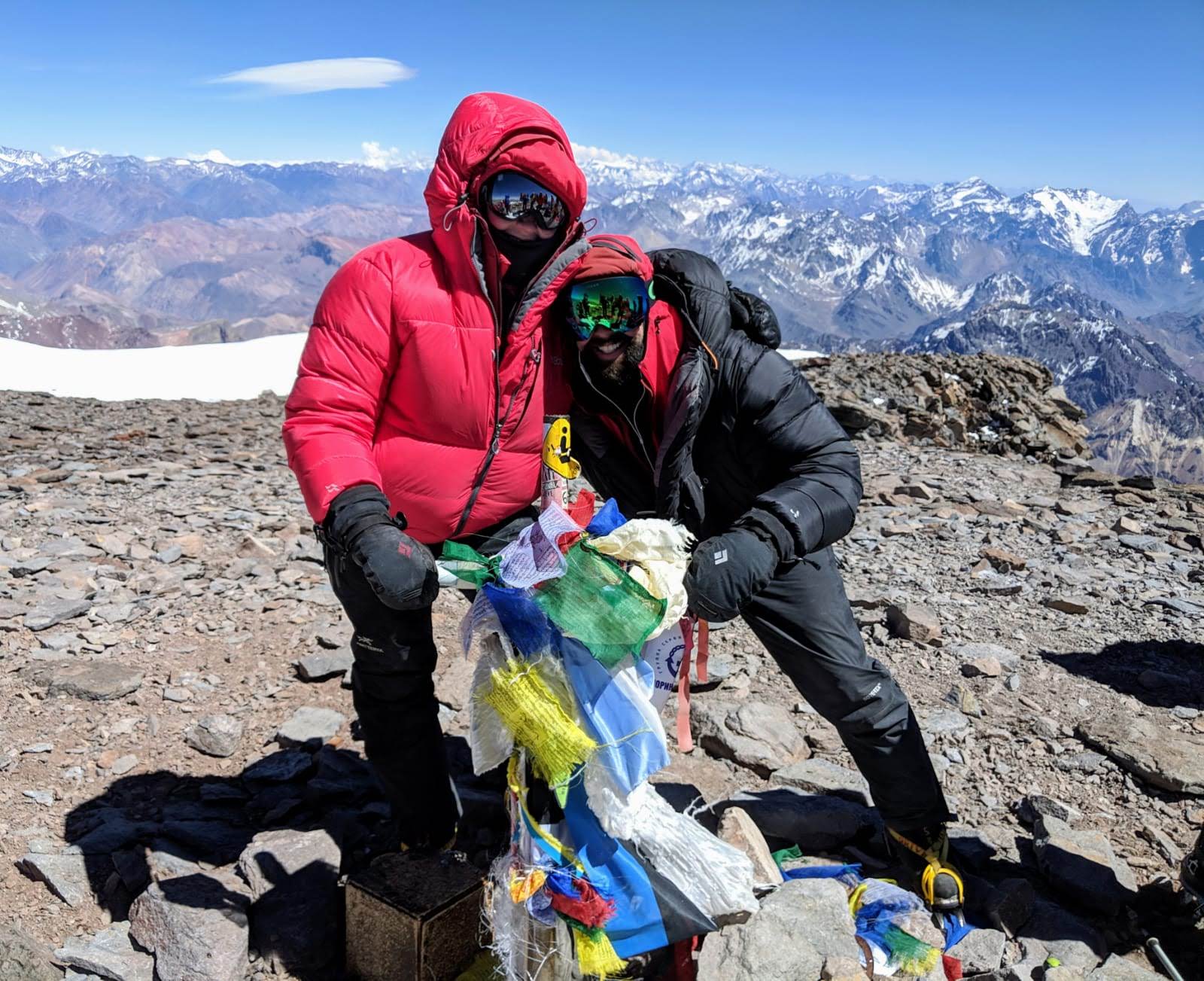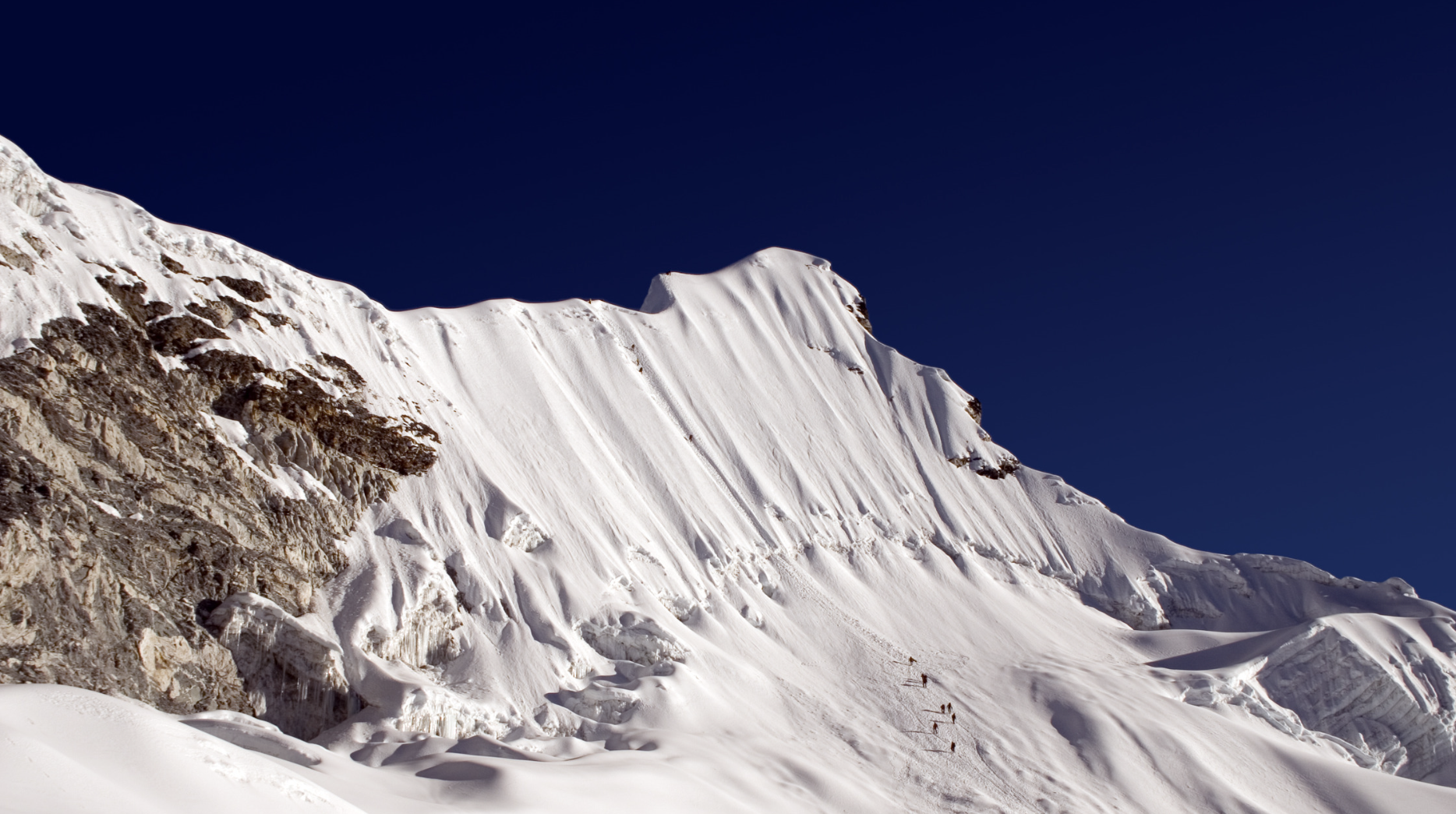Updated: Jun 6, 2020
Read More About Chimborazo:
A Quick Guide To Climbing Chimborazo
The 2 Least Technical Routes To The Summit Of Chimborazo
Chimborazo is classified as a technical mountain with several routes of varying difficulty. I have based this plan on a intermediate climber looking to expand his or her skills on the North Side – Las Murallas Route and Original Route which are both Grade II, which technically means they are technical routes but kind of like baby technical routes compared to a higher-grade climb. To give it some comparison, Elbrus is classified as a Grade IIb.
It will involve being harnessed together with your team, the use of ice axes, B2 mountaineering boots and crampons and moving over snow and ice terrain. Although this mountain requires you to use technical skills and some technical equipment, these 2 routes are the easiest of the potential 5 or 6. If you are just beginning in your mountaineering and trekking life then this is not the right mountain for you. If you’ve had some experience with the likes of Elbrus, Aconcagua, Mera Peak then this is a great peak for you to practice your skills before moving onto the bigger and more technical peaks.
Please read “The 5 Essential Training Principles Of Mountaineering & Trekking” before you start the next section of this blog. You’ll need to understand what the training principles actually are to understand your 12-Week Chimborazo Training Plan.
A small disclaimer, 12 weeks to train and prepare is really the minimum amount of time I would suggest to any of my clients with reasonable/average fitness levels. If you struggle to walk 5km with a 10kg backpack with a heart rate of about 130bpm or run 5km with a heart rate between 140bpm and 150bpm then rather be on the safe side and assume you need longer than 12 weeks to prepare.
12-Week Chimborazo Training Plan
In my book “A Step-By-Step Manual To Mountaineering & Trekking Around The World” I share the formula I developed to calculate the exact number of hours you should be training per week to reach your peak physical condition for any mountain or trekking route you choose, as well as an entire, detailed and scientific chapter dedicated to creating your own training program.
If you haven’t read my book and calculated your weekly training hours then please know that the below training plan is based on the average age, weight and overall fitness levels of a person. This program also excludes the specific Heart Rate Zones that I explain and apply to The Training Chapter in my book, simply because it is impossible (and medically unsafe) to assume and suggest the specific zones you should be training in without properly calculating them.
Dedicate yourself to your training, give of your absolute best at sea level so you can give of your best at altitude. Chimborazo will demand nothing less than your absolute best.
Week 1 to 4
- 2.5 hours Aerobic Fitness
- 30 minutes Core Stability
- 15 minutes Ankle Mobility and Balance
- 1 hour Leg and Glute Strength
- 15 minutes Anaerobic Power
Week 4 to 8
- 3 hours Aerobic Fitness
- 1 hour Core Stability
- 15 minutes Ankle Mobility and Balance
- 1.5 hours Leg and Glute Strength
- 15 minutes Anaerobic Power
Week 8 to 12
- 4 hours Aerobic Fitness
- 1 hour Core Stability
- 15 minutes Ankle Mobility and Balance
- 2 hours Leg and Glute Strength
- 15 minutes Anaerobic Power

Week 12 (Peak Week)
During Peak Week, your training amount will decrease giving your body the necessary time to rest and recover before you take your first step on Chimborazo. You want to start your climb fully recovered and rested and not tired and exhausted from training, which is why including a Peak Week in your 12 Week Chimborazo Training Plan is important.
- 2 hours Aerobic Fitness
- 1 hour Core Stability
- 30 minutes Ankle Mobility and Balance
- 1 hour Leg and Glute Strength – very light exercises followed by a 15 minute Self-Massage Release (SMR) using a Foam Roller. Click here to see my SMR program.
- 0 minutes Anaerobic Power





